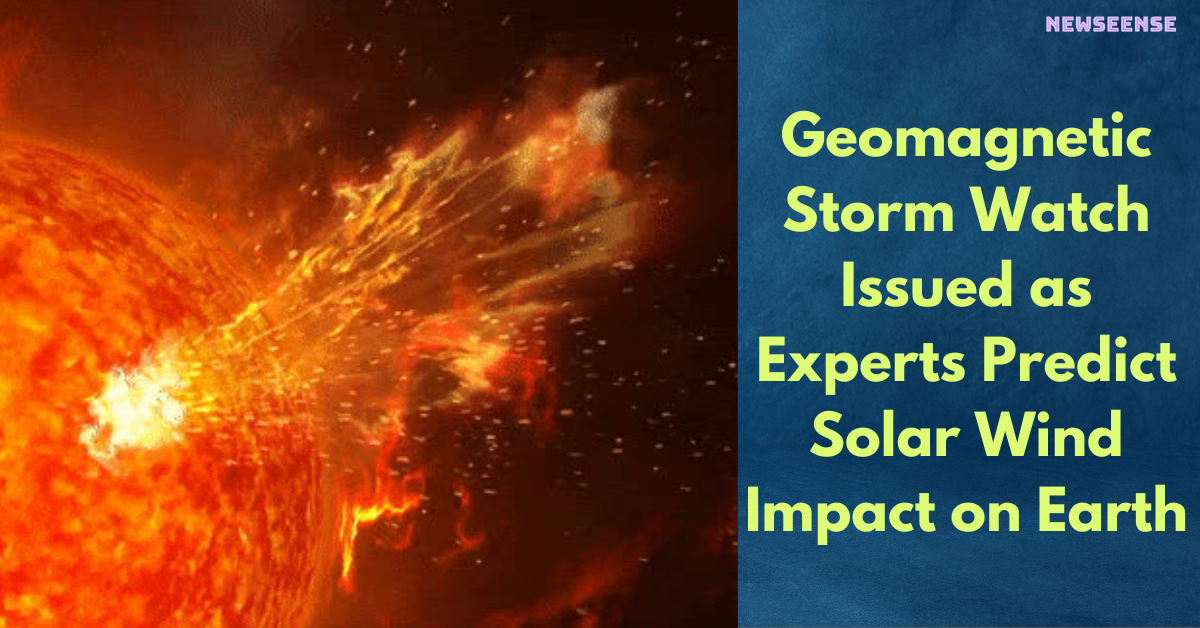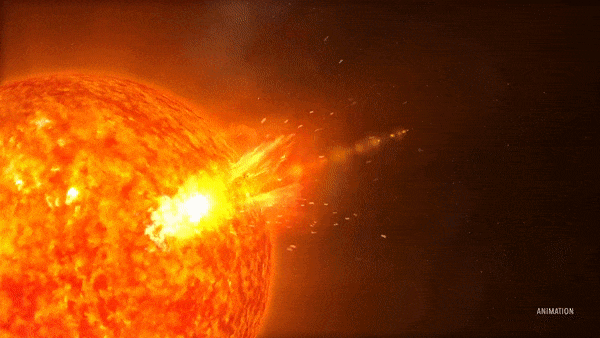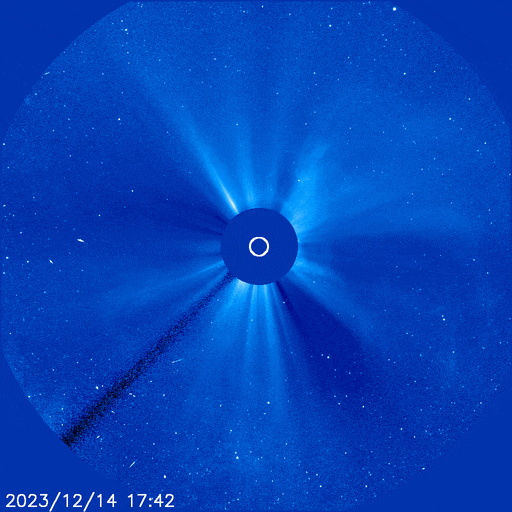Solar Flare Alert: Sun Unleashes Most Powerful Eruption Since 2017, Sparks Space Weather Concerns

Geomagnetic Storm Watch Issued as Experts Predict Solar Wind Impact on Earth
In a remarkable celestial event, the sun has unleashed its most potent solar flare since September 2017, capturing the attention of astronomers and space weather enthusiasts worldwide. The X2.8-class eruption, originating from Sunspot 3514, was observed on Thursday and has set off a series of space weather concerns, prompting NASA’s Solar Dynamics Observatory to closely monitor the situation.
The event, marking the strongest flare of the current Solar Cycle 25, has triggered a geomagnetic storm watch. Experts are now cautioning that minor G1-class geomagnetic storms could occur on December 15 or 16, driven by an incoming solar wind stream carrying a stealthy coronal mass ejection (CME). The situation may escalate to moderate G2 or even strong G3 storm levels by December 17, when the CME associated with the recent flare is expected to reach Earth.

The repercussions of the December 14 flare have already been felt, with significant disruptions reported, including a deep shortwave radio blackout over the Americas. Ham radio operators experienced prolonged signal loss below 30 MHz, underscoring the immediate impact of such solar events on communication systems.
The US Air Force has reported a Type II solar radio burst, signaling a fast-moving CME. Estimates suggest that the CME’s velocity could exceed 2100 km/s, emphasizing the potential severity of the incoming space weather.
Images from the Solar and Heliospheric Observatory (SOHO) have confirmed the presence of a lopsided halo CME. While not directly aimed at Earth, it appears to have components heading in our direction, increasing the likelihood of a glancing blow on December 17th.

Residents in higher latitudes are advised to be on the lookout for enhanced auroral displays, as the geomagnetic storms could supercharge the Northern and Southern Lights, offering a spectacular natural light show.
As solar activity continues to ramp up, approaching a predicted peak in July 2025, authorities remind the public to stay informed through reliable sources. This recent event serves as a potent reminder of the sun’s immense power and the critical importance of monitoring space weather for its potential effects on modern technology and infrastructure. Stay tuned for updates as scientists closely track the unfolding space weather drama, urging preparedness and vigilance in the face of the sun’s dynamic behavior.






4 Comments